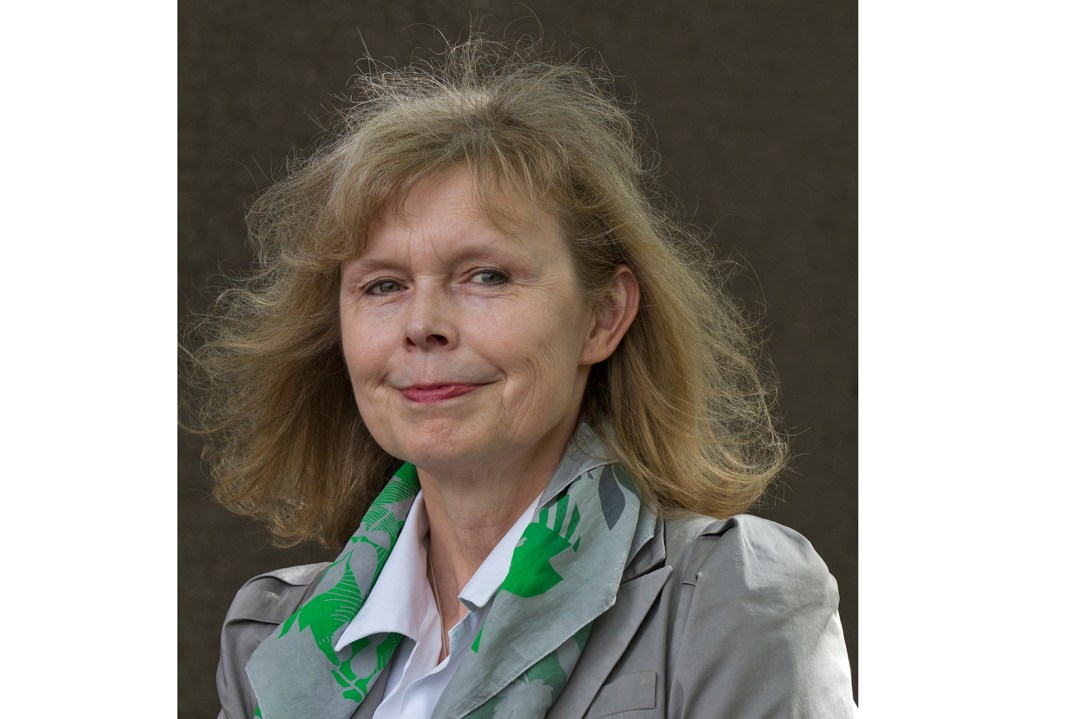On a winter’s night an artist of moderately exalted reputation and in lateish middle age journeys across London, away from the stuccoed comforts of what was until recently home towards a studio in the East End, where a much younger lover lies waiting. Observations, generally of a caustic nature, about the comédie humaine encountered along the way and the state of the wider world jostle in the artist’s febrile mind with an apologia for the previous nine months’ events.
The artist is a woman, Eve Laing, but the tropes past which Nightshade flits like an Underground train are strikingly, almost mundanely, male — the ageing, status-anxious creative, the mid-life crisis, the much younger lover, even the caustic observations. Eve knows as much, lacing her tale with sauce-for-the-goosery and what-aboutism. She recalls a period spent as the ‘muse’ of an older Lucian Freud-like painter (which in practice meant model and sexual standby), and asks whether her dalliance with the ephebic Luka has really been so bad.
Is it really a good idea to sack your health and safety person when working on an exhibition of poisonous plants?
Along the way, there are hints that Eve is not the most reliable of narrators. She keeps returning to her dislike of an old friend, Wanda, now a superstar of ‘body art’. But why does she resent her so much? And is it really a good idea to sack your health and safety person when you’re working on an exhibition of poisonous plants, rendered in toxic pigments? Can Luka’s delight in her be for real? (The male body doesn’t lie, she believes somewhat naively.)
One thing that sets Nightshade ahead of most novels about the art world is that the art in it is plausible and fully realised, even if it’s mostly off the peg. Eve’s work is a kind of love child of Simon Patterson’s ‘Great Bear’ and Ian Hamilton Finlay’s ‘Women of the Revolution’, after Anselm Kiefer’s and Anya Gallaccio’s flower installations. Wanda’s is a lurid cocktail of Marina Abramovic, Sophie Calle and Orlan. There’s a horrific dinner party, which sounds very like Terry Castle’s experience of escorting Susan Sontag to dinner with the said Abramovic in her vast, virtually empty loft in New York’s Soho — described sublimely in the LRB in March 2005.
The book is tightly structured (yes, we noticed that time frame) and nicely paced. Its gender-swapping theme will find enthusiastic support, I’m sure. But among all the art-historical references which, alongside endless accounts of mixing pigments (at least we don’t have to wait to watch them dry) smell of the lamp a little, we might profitably have had some words from Benvenuto Cellini, who reckoned that artists could get away with murder if only they were good enough.







Comments